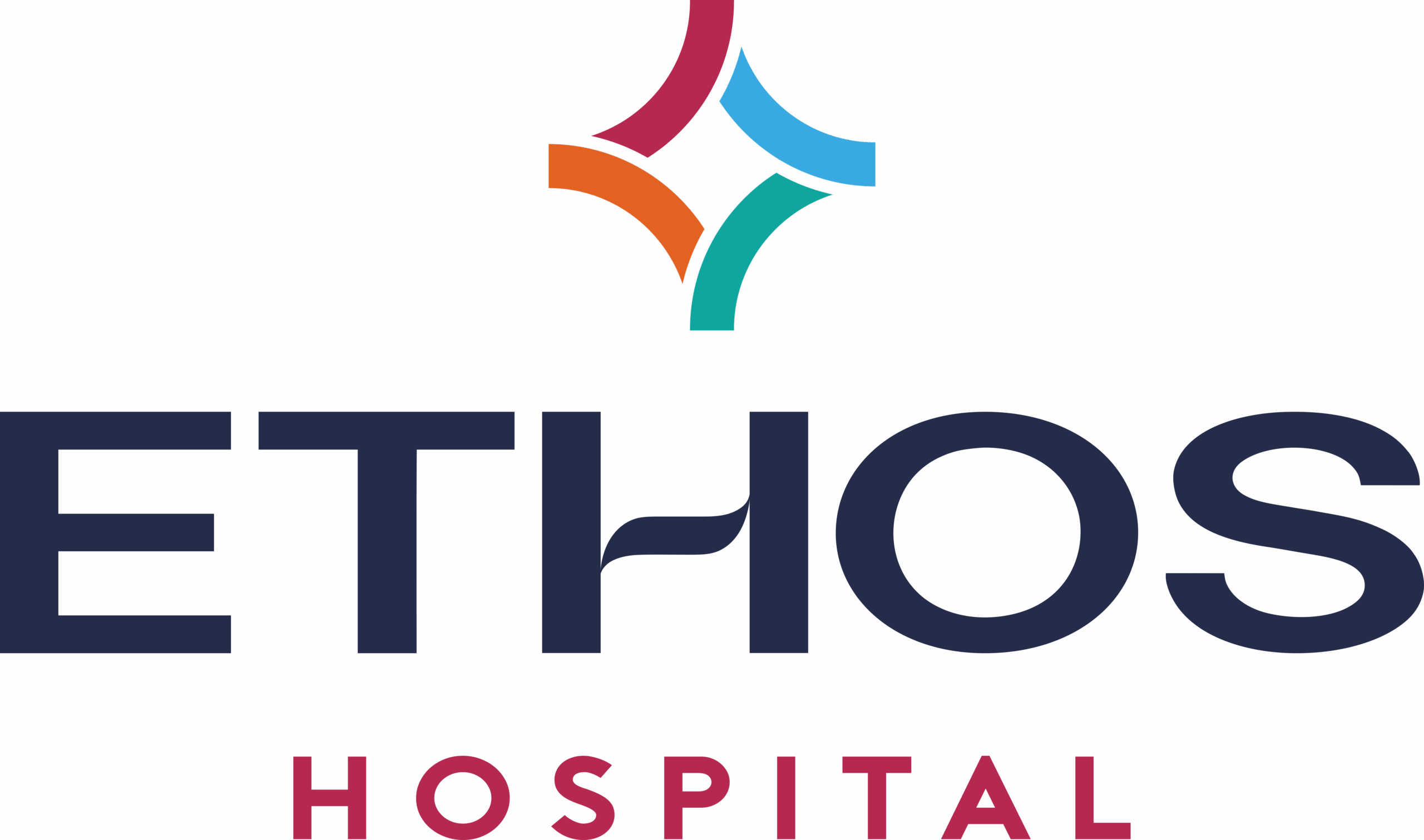Stroke and seizures are both sudden neurological events that can cause confusion, unconsciousness, or physical disability, but they are not the same. Understanding the difference between these two conditions is crucial because both demand urgent medical care, yet their treatment and outcomes vary greatly. Knowing how to identify each condition and when to seek help can save lives and improve recovery.

WHAT IS A STROKE?
A stroke occurs when the blood supply to part of the brain is interrupted. This can happen in two main ways:
- Ischaemic stroke – caused by a blood clot blocking an artery in the brain.
- Haemorrhagic stroke – caused by a ruptured blood vessel leading to bleeding in the brain.
Without adequate blood flow, brain cells start to die within minutes, making stroke a true medical emergency.
The warning signs of stroke can be remembered with the acronym FAST:
- Face drooping
- Arm weakness
- Speech difficulty
- Time to call emergency services
Doctors also recommend the extended acronym BE FAST, which adds two more signs:
- Balance loss
- Eyesight changes
Other possible symptoms include sudden dizziness, confusion, severe headache, or loss of coordination. Stroke requires immediate hospitalisation, where interventions may include clot- busting drugs, mechanical clot removal, or surgery. Early treatment dramatically improves recovery and reduces the risk of permanent disability.

WHAT IS A SEIZURE?
A seizure is caused by a sudden surge of abnormal electrical activity in the brain. Seizures may occur once in a lifetime, or they may be part of a chronic condition known as epilepsy. They can also be triggered by fever, brain injury, infections, electrolyte imbalance, or genetic conditions.
Symptoms vary depending on the part of the brain affected. Common features include:
- Jerking or twitching movements
- Sudden staring spells or unresponsiveness
- Loss of awareness or temporary confusion
- Unusual sensations such as strange smells, sounds, or visual changes
Most seizures last only a few seconds to a couple of minutes and resolve on their own. However, status epilepticus—a seizure lasting more than five minutes or repeated seizures without recovery-constitutes a medical emergency and requires immediate medical attention.
After a seizure, a person may feel extremely tired, confused, or unable to recall the episode. While seizures can be frightening to witness, ensuring safety and seeking timely medical evaluation is the best response.

STROKE VS SEIZURES: KEY DIFFERENCES
Although both strokes and seizures affect the brain, their causes and patterns differ significantly. Sometimes strokes can trigger seizures, which adds to the confusion. However, there are important distinctions:
- Onset: Stroke symptoms appear suddenly and persist until treated. Seizures also start suddenly but are typically short-lived and episodic.
- Duration: Stroke symptoms can last minutes to hours or longer. Seizures usually last seconds to a few minutes.
- Consciousness: Loss of consciousness is more common in seizures. Stroke patients are often awake but unable to move, speak, or see normally.
- Symptoms: Stroke usually causes weakness or numbness on one side, speech difficulties, or vision loss. Seizures cause uncontrolled movements, staring spells, altered awareness, or unusual sensations.
- Recovery: Stroke symptoms do not resolve without treatment and can worsen quickly. Seizure symptoms often resolve on their own, though confusion and fatigue may follow.
- Risk factors: Strokes are linked to hypertension, diabetes, smoking, obesity, and high cholesterol. Seizures are more associated with epilepsy, past head injury, infections, or neurological conditions.
WHEN TO SEEK MEDICAL HELP
Both stroke and seizures require prompt medical evaluation. Here’s what to do in an emergency:
- If you suspect a stroke: Call emergency services immediately. Do not wait for symptoms to improve, as every minute counts in preventing permanent brain damage.
- If you witness a seizure: Move the person to a safe space away from sharp objects, lay them on their side to keep the airway clear, and avoid forcing anything into their mouth. Seek urgent medical help if the seizure lasts more than five minutes, if it is the person’s first seizure, or if seizures occur repeatedly.
Because strokes and seizures can sometimes overlap, only a trained neurologist can confirm the exact cause through physical examination, imaging scans, and other diagnostic tests.

FINAL THOUGHTS
Timely recognition and the right treatment can make the difference between recovery and long- term disability-or even life and death. By understanding how strokes and seizures differ, you can act quickly and appropriately in an emergency.
If you wish to learn more about distinguishing strokes from seizures, or if you are caring for someone at risk, you can consult the leading neurologists at Ethos Hospital, who provide expert diagnosis and specialised care for a wide range of neurological conditions.




